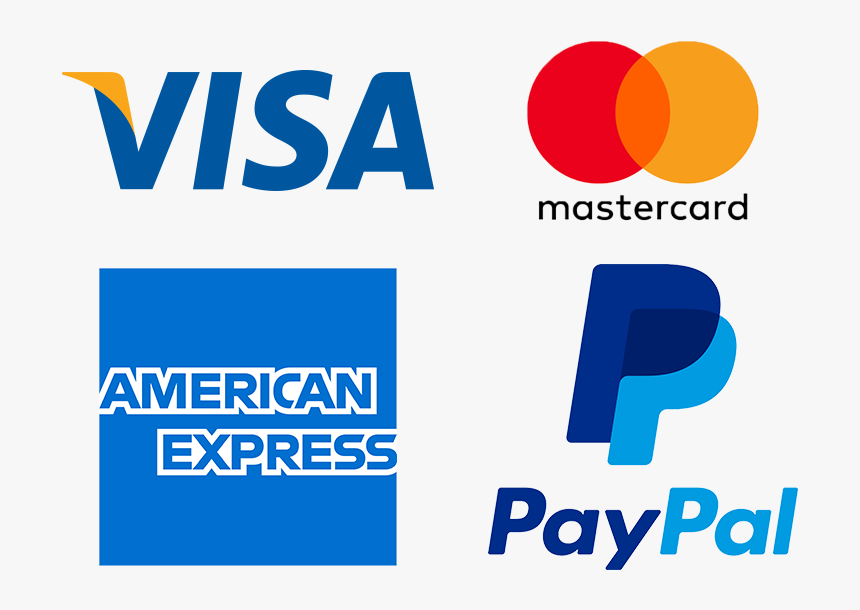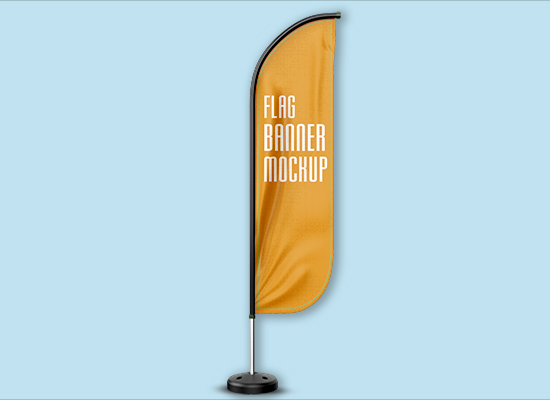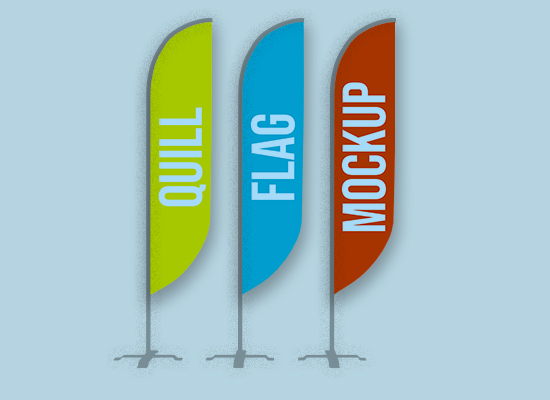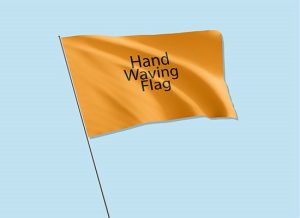Crest Flags
Please select artwork files:

Related Products
Additional Information
Elevate your branding with Crest Flags vibrant, custom flags perfect for events, promotions, and corporate displays. Stand out with style!
Crest Flags: A Detailed Guide
Introduction to Crest Flags
Crest flags, also known as heraldic flags or coat-of-arms flags, are a traditional form of decorative or symbolic banners that display a family’s, organization’s, or institution’s heraldic emblem or coat of arms. These flags have historical roots in the medieval period, where they were used to represent noble families, military units, or territories. Today, crest flags are still used as symbols of pride, tradition, and identity, with applications in various domains, from personal and family representations to corporate, educational, and military organizations.
Heraldic crests have long been associated with nobility, heritage, and family lineage. The flags that bear these crests symbolize the strength, unity, and legacy of the entities they represent. Whether displayed at castles, government buildings, schools, or family homes, crest flags serve as a unique emblem of history, values, and traditions.
What Are Crest Flags?
A crest flag is a banner or flag that features a specific crest, typically as part of a heraldic shield or coat of arms. The crest, often associated with a family, organization, or country, is a distinctive design consisting of symbols, colors, and patterns that convey the history, achievements, and values of the bearer. Traditionally, the crest sits above a coat of arms, which includes additional elements such as a shield, helmet, and supporters (figures or animals on either side of the shield).
Crest flags vary in size, shape, and color, depending on their use and the traditions associated with the crest they display. While the most common form of a crest flag is rectangular, more ornate shapes and sizes can also be found, particularly in ceremonial or historical contexts. The design on a crest flag typically consists of a detailed and carefully regulated combination of colors (known as “tinctures”) and symbols that are specific to the family or organization it represents.
History of Crest Flags
The origin of crest flags is rooted in heraldry, the practice of designing, displaying, and interpreting armorial bearings (coats of arms). Heraldry became popular during the medieval period in Europe, primarily as a way for knights to identify themselves on the battlefield and in tournaments. The crests on shields and banners allowed individuals to be recognized, particularly when armor obscured their faces.
Over time, the use of heraldic symbols expanded beyond the battlefield. Noble families, towns, and institutions began adopting coats of arms and crests to display their power, lineage, and achievements. Crest flags became a common way to display these heraldic emblems at castles, fortresses, and other significant locations. They served not only as a form of identification but also as a symbol of authority, heritage, and territorial claims.
In modern times, crest flags continue to hold significance, especially in Europe and the Americas, where families and organizations with historical ties to heraldry display these flags at official functions, ceremonies, and even private events. Institutions such as universities, military units, and governmental bodies also use crest flags to symbolize their authority, history, and identity.
Elements of Crest Flags
Crest flags are often complex designs that follow specific heraldic rules and traditions. While each crest flag is unique to the family or organization it represents, certain common elements are usually present. These elements work together to create a cohesive design that reflects the history and values of the bearer.
- The Crest: The crest itself is typically the focal point of the flag. It usually consists of a symbolic image, often depicted above a helmet or shield, which was originally worn on the top of a knight’s helmet in tournaments or battles. The image in the crest often represents an important aspect of the family or organization, such as a heraldic animal (lion, eagle, stag), weapon, or other symbolic item.
- The Shield: The shield is a central element in most coats of arms and crest designs. It bears the main design or “arms” of the bearer, typically featuring geometric patterns, animals, objects, and colors that represent the family’s heritage, achievements, or values. The colors and symbols on the shield are chosen according to the principles of heraldic symbolism, where each color and pattern holds specific meaning.
- Supporters: Supporters are figures, often animals or mythical creatures, that stand on either side of the shield, holding it up. These figures usually represent qualities that the family or organization values, such as strength, loyalty, or courage. Common supporters include lions, eagles, stags, griffins, and dragons.
- The Motto: Many crest flags include a motto, typically displayed on a scroll beneath the shield. The motto is a phrase that encapsulates the values or guiding principles of the family or organization. The motto may be in Latin, French, or another historical language, though some modern families and organizations opt for a motto in their native language.
- The Helm and Mantling: The helm, or helmet, sits atop the shield and varies in style depending on the rank or status of the bearer. Above the helm is the crest, often adorned with a decorative wreath known as the “torse.” Surrounding the helm is the mantling, a flowing drapery that originated as a piece of cloth used to protect a knight from the sun and heat in battle. In crest flags, the mantling is often depicted as flowing ribbons or leaves.
- Colors and Tinctures: In heraldry, specific colors (called tinctures) are used to convey meaning. Each color in the design of a crest or shield has a symbolic interpretation:
- Gold (Or): Generosity, elevation of mind.
- Silver/White (Argent): Peace and sincerity.
- Red (Gules): Warrior or martyr; military strength and magnanimity.
- Blue (Azure): Truth and loyalty.
- Green (Vert): Hope, joy, and loyalty in love.
- Black (Sable): Constancy, grief.
- Purple (Purpure): Royalty, sovereignty, and justice.
The careful combination of these tinctures, along with the shapes and symbols that accompany them, allows for the creation of a unique and meaningful crest flag.
Uses and Significance of Crest Flags
- Family Heritage and Pride: Crest flags are commonly associated with noble families or those who have received the right to bear arms through inheritance or grants from a heraldic authority. Families with historical coats of arms often display crest flags at weddings, funerals, and family gatherings as a way to honor their lineage and traditions. In some cases, crest flags are passed down through generations, representing the family’s ongoing legacy.
- Organizations and Institutions: Many organizations, universities, and governmental bodies adopt crests or coats of arms to symbolize their mission, values, and history. For example, universities and schools often use crest flags featuring their academic heraldry to represent their institutional identity, displaying these flags at graduations, ceremonies, and official events. Military units also use crest flags to signify their unit’s history, achievements, and pride.
- Governmental Use: In some countries, national or regional governments use crest flags that feature the official coat of arms of the nation, state, or province. These flags are flown at government buildings, embassies, and official events to represent authority and sovereignty. They are also used during state ceremonies, parades, and other formal occasions.
- Ceremonial Occasions: Crest flags are a popular choice for ceremonial events. Weddings, coronations, inaugurations, and military ceremonies often incorporate crest flags to add a sense of tradition and honor. These flags may be displayed prominently in venues, processions, or as part of official attire. In military settings, crest flags serve as important symbols of honor and respect for a particular unit or regiment.
- Commemorative Flags: Crest flags are also used to commemorate historical events, individuals, or achievements. For example, a family might display a crest flag at a reunion to celebrate their heritage, or an institution may create a special crest flag to mark a significant anniversary or milestone. In these contexts, crest flags act as tangible reminders of the past, helping to preserve memories and traditions.
Designing Crest Flags
Designing a crest flag requires a deep understanding of heraldic principles and symbolism. Historically, the design of a coat of arms or crest was overseen by a heraldic authority, which ensured that the design adhered to the strict rules of heraldry. These rules governed the use of colors, symbols, and patterns to create a unique and meaningful representation of the bearer.
Today, the process of designing a crest flag can still follow traditional heraldic guidelines, especially for families or organizations with historical ties to heraldry. For those without a pre-existing coat of arms, it is possible to create a new design that reflects personal or organizational values while staying true to the principles of heraldry.
Some key elements to consider when designing a crest flag include:
- Heraldic Symbols: The choice of symbols, such as animals, plants, or objects, should reflect the values or achievements of the bearer.
- Tinctures (Colors): The use of heraldic colors should follow established meanings, ensuring that the design conveys the desired message.
- Motto: A motto can add depth to the design, encapsulating the guiding principles or beliefs of the bearer.
- Shape and Layout: While most crest flags are rectangular, the shape of the flag can be adjusted to suit specific needs or traditions.
Customization and Modern Uses
In modern times, crest flags are often customized to meet the specific needs of families, organizations, or events. While traditional heraldic designs remain popular, many people choose to update or modify their crest flags to reflect contemporary values or aesthetics. This may involve incorporating modern symbols, colors, or design elements while still honoring the historical significance of the original crest.
Crest flags are frequently used for branding and marketing purposes, particularly by companies that want to convey a sense of history, prestige, or authority. Custom crest flags can be created for corporate events, product launches, or promotional materials, adding a touch of sophistication and heritage to the brand.
Conclusion
Crest flags are timeless symbols of pride, tradition, and identity. Rooted in the rich history of heraldry, these flags continue to play a significant role in modern life, from family gatherings and official ceremonies to corporate branding and governmental use. Whether displaying a family’s coat of arms or representing an institution’s heritage, crest flags serve as a powerful reminder of the values, history, and legacy that define the people and organizations they represent.
Get Your Quote
My Account
About Us
Our Products
Contact
Follow Us On
We Accept














